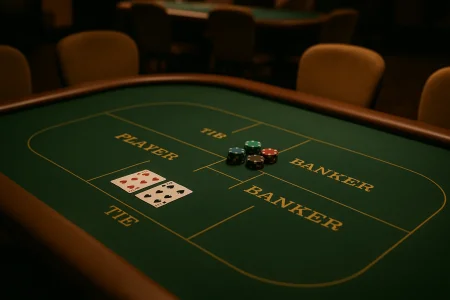Most people meet Bitcoin on a loud day—charts racing, opinions flying, fear and FOMO in a tug-of-war. The antidote is quiet preparation. Before you touch the buy button, define your capital at risk, your personal “max drawdown” tolerance, and where you’ll keep coins when you’re not executing. Treat this like aviation: you don’t improvise after takeoff—you run the checklist first.
If you approach bitcoin trading as a craft instead of a thrill ride, you’ll make calmer, smarter decisions. Think in repeatable processes, not predictions. You don’t need to catch every move; you need a routine that survives bad days and compounds good ones.

A practical flow:
For plain-English, non-promotional guidance on custody choices, fraud patterns, volatility, and what recourse you do—or don’t—have, read the U.S. CFTC’s consumer advisory “Understand the Risks of Virtual Currency Trading.”
If you approach bitcoin trading as a craft instead of a thrill ride, you’ll make calmer, smarter decisions. Think in repeatable processes, not predictions. You don’t need to catch every move; you need a routine that survives bad days and compounds good ones.
Start with structure, not adrenaline
Create a simple playbook you can follow even on little sleep. At minimum, write down:- Timeframes and sessions: Which charts matter (weekly/daily for bias, 4h/1h for execution), and which market hours you actually trade.
- If/then rules: “If daily trend is up and price retests the 20-day average on decreasing volume, then I look for a long using limit orders with X risk.”
- A fixed risk unit: Risk a tiny, constant slice of equity per idea (e.g., 0.25–0.5%). Volatility will vary; your risk shouldn’t.
Position sizing that respects volatility
Bitcoin’s speed is a feature—and a trap—if you size like it’s a sleepy stock. Use a volatility-aware stop (for example, a multiple of the Average True Range from your entry) so your stop isn’t sitting exactly where everyone else’s is. Then size your position backward from the stop distance so the cash at risk equals your fixed risk unit.A practical flow:
- Mark the invalidation point (where your idea is wrong, not merely uncomfortable).
- Measure the distance from entry to invalidation.
- Divide your risk unit (say, $100) by that distance to get size.
- Place the order only if the math still works after fees and realistic slippage.
Execution hygiene that cuts hidden costs
Fancy indicators won’t save you from sloppy execution. Focus on basics:- Order types: Use limit or post-only when you can place patiently; accept market orders only when breakouts are moving and you’ve pre-defined the risk.
- Liquidity awareness: Major moves often cluster around session overlaps and key data times. If you hate surprise gaps, avoid them.
- Fee leakage: High turnover without a real edge is a slow bleed. Track your effective cost per trade (fees + slippage) and bake it into your targets.
Custody, platform risk, and fraud awareness
Separate trading from storage. Active orders typically require exchange custody; swing or long-term holdings deserve your own setup (e.g., a reputable hardware wallet and a written, offline recovery plan). Expect outages. Expect delayed withdrawals. Expect social-engineering attempts when volatility spikes.For plain-English, non-promotional guidance on custody choices, fraud patterns, volatility, and what recourse you do—or don’t—have, read the U.S. CFTC’s consumer advisory “Understand the Risks of Virtual Currency Trading.”
A pre-trade and post-trade routine that compounds skill
Before the trade:- Confirm higher-timeframe context (trend, key levels).
- Define entry, invalidation, and at least one scale-out.
- Write a one-sentence thesis. If you can’t, you’re guessing.
- Log four numbers for each position: R (risk multiple), MAE (worst unrealized loss), MFE (best unrealized gain), and hold time.
- Tag the setup (“breakout-pullback,” “liquidity sweep,” etc.).
- Review weekly: keep the tags that actually pay after fees; kill the rest.
Psychology is a risk variable
Markets will hand you discomfort: missed moves, false breakouts, long stretches of chop. Reduce decision fatigue by pre-committing to:- Time off-chart: Let alerts call you; don’t doom-scroll.
- Rule enforcement: If you move a stop “just this once,” flag it in your journal and cut size the next session.
- Environment: Getting enough sleep, drinking enough water, and keeping your office clean may seem small, but they can make a big difference in how much you chase.
A simple plan for 30 days
- Days 1–7: Make the playbook, pick one configuration, and do 30–50 examples by hand to see how they work.
- Days 8–21: Trade it small—same risk per idea, same checklist, zero improvisation.
- Days 22–30: Audit the journal. If expectancy is positive after fees and slippage, keep size. If it’s not, fix the biggest leak (often entries too late or stops too tight) before you even think about scaling.




